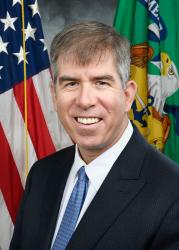Abstract
Long-run wage stagnation for lower-wage workers—and rising inequality between high- and middle-wage workers—seems to indicate a modern labor market in which many workers have little bargaining power. In the middle of the 20th century, more than 30 percent of U.S. workers were members of a union: a core institution that provides workers with bargaining power. Today, after a long decline that took place almost entirely within the private sector, just 10.5 percent of workers (and 6.4 percent of private sector workers) are union members. We find that the decline in private sector union membership has been driven by falling union density both within industries and within states, with a smaller role for shifting industry composition. The decline in union membership is economically important: unions lift wages, reduce inequality, and shape how work is organized, among other effects. We examine options for reinforcing enterprise-level unions as well as other models for collective bargaining and enhanced worker voice.







